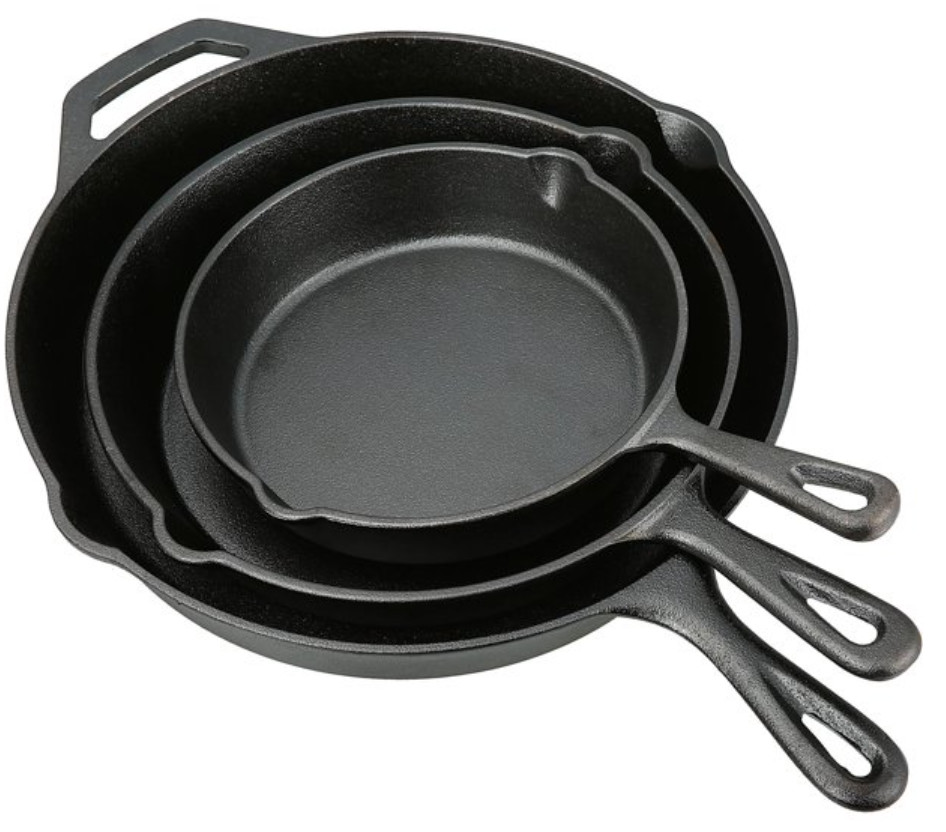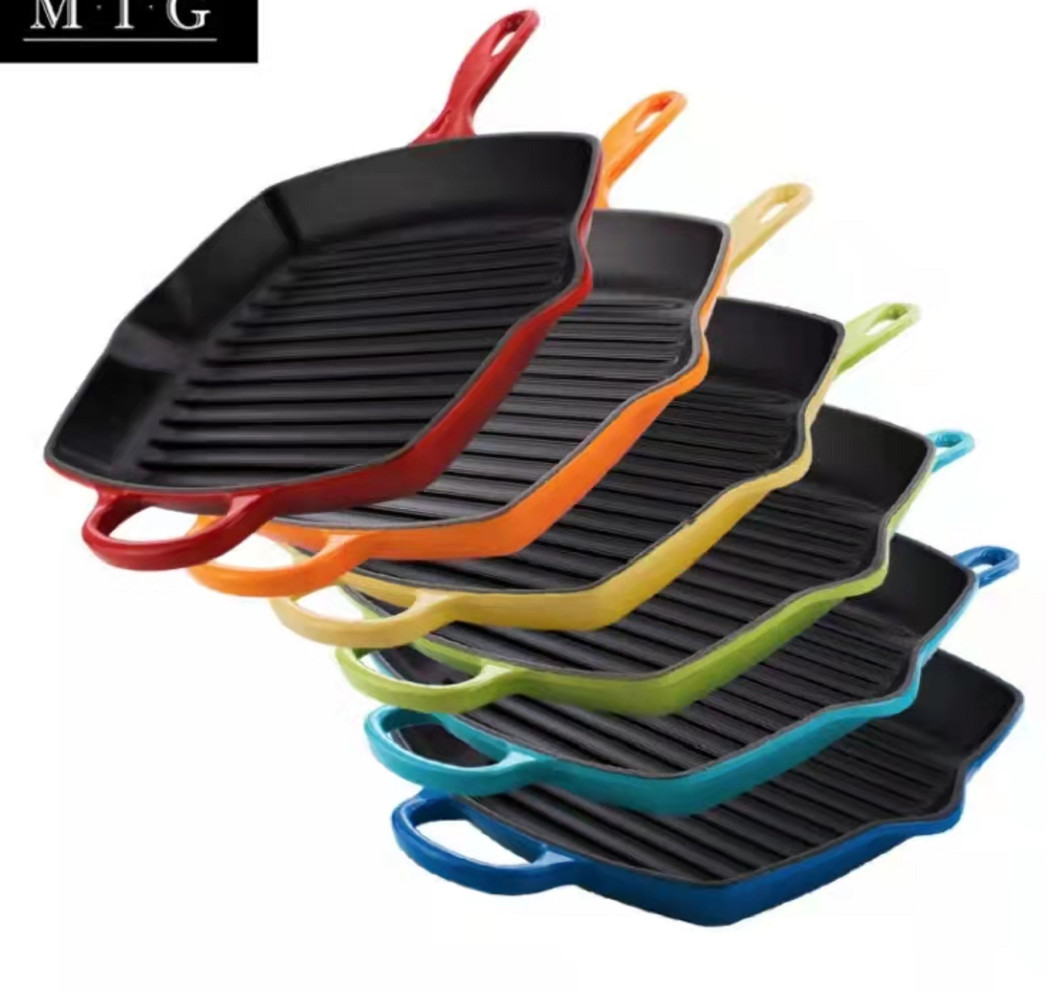- 150m nan direksyon sid, West DingWei Road, Nanlou Village, Changan Town, GaoCheng Zòn, Shijiazhuang, Hebei, Lachin
- monica@foundryasia.com
Jun. 12, 2023 18:48 Retounen nan lis la
KISA KIT CUIT IRON
Ki sa ki kas fè kwit manje:
Ustensiles an fè se istansil lou ki fèt ak fè ki gen valè pou retansyon chalè li yo, durability, kapasite yo dwe itilize nan tanperati ki wo anpil, ak kwit manje ki pa baton lè byen sezonman.
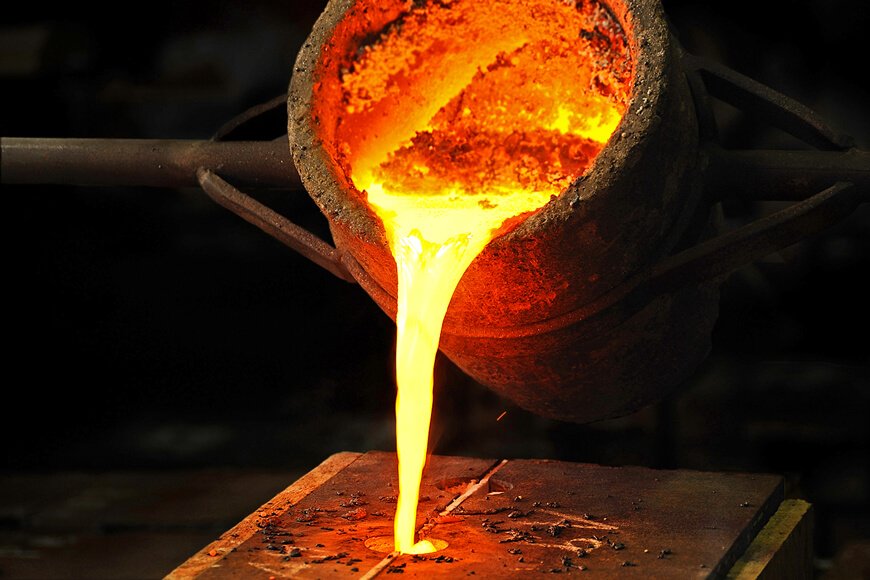
Istwa istansil fè jete
In Asia, particularly China, India, Korea and Japan, there is a long history of cooking with cast iron vessels. The first mention of a cast-iron kettle in English appeared in 679 or 680, though this wasn't the first use of metal vessels for cooking. The term pot came into use in 1180. Both terms referred to a vessel capable of withstanding the direct heat of a fire. Cast-iron cauldrons and cooking pots were valued as kitchen items for their durability and their ability to retain heat evenly, thus improving the quality of cooked meals.
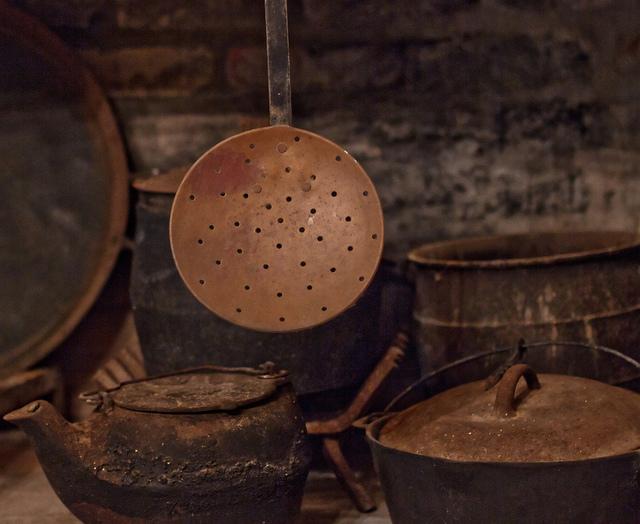
An Ewòp ak Etazini, anvan entwodiksyon recho kizin lan nan mitan 19yèm syèk la, manje yo te kwit nan fwaye a, ak chodyè pou kwit manje yo te swa fèt pou itilize nan fwaye a, oswa yo dwe sispann nan li.
Cast-iron pots were made with handles to allow them to be hung over a fire, or with legs so that they could stand in the coals. In addition to Dutch ovens with three or four feet, which Abraham Darby I secured a patent in 1708 to produce, a commonly used cast-iron cooking pan called a spider had a handle and three legs allowing it to stand upright over campfires as well as in the coals and ashes of a fireplace.
Pou kwit manje po ak chodyè ki pa janm, anba plat te vin itilize lè recho pou kwit manje te vin popilè; peryòd sa a nan fen 19yèm syèk la te wè entwodiksyon de plat la
cast-iron skillet.
Veso kizin an fè te espesyalman popilè nan mitan moun k ap fè kay pandan premye mwatye 20yèm syèk la. Se te yon istansil bon mache, men dirab. Pifò nan kay Ameriken yo te gen omwen yon chodyè fè.
20yèm syèk la te wè tou entwodiksyon ak popilarizasyon veso kizin emaye kouvwi.
Today, of the large selection of cookware that can be purchased from kitchen suppliers, cast iron comprises only a small fraction. However, the durability and reliability of cast iron as a cooking tool has ensured its survival. Cast-iron pots and pans from the 19th and 20th century continue to see daily use to the present day. They are also highly sought after by antique collectors and dealers. Cast iron has also seen a resurgence of its popularity in specialty markets. Through cooking shows, celebrity chefs have brought renewed attention to traditional cooking methods, especially the use of cast iron.
Pwodwi esansyèl
Kalite istansil fè kizin yo gen ladan chodyè fri, fou Olandè, grid, fè gofr, laprès panini, friteur, wok, fondu ak potjies.
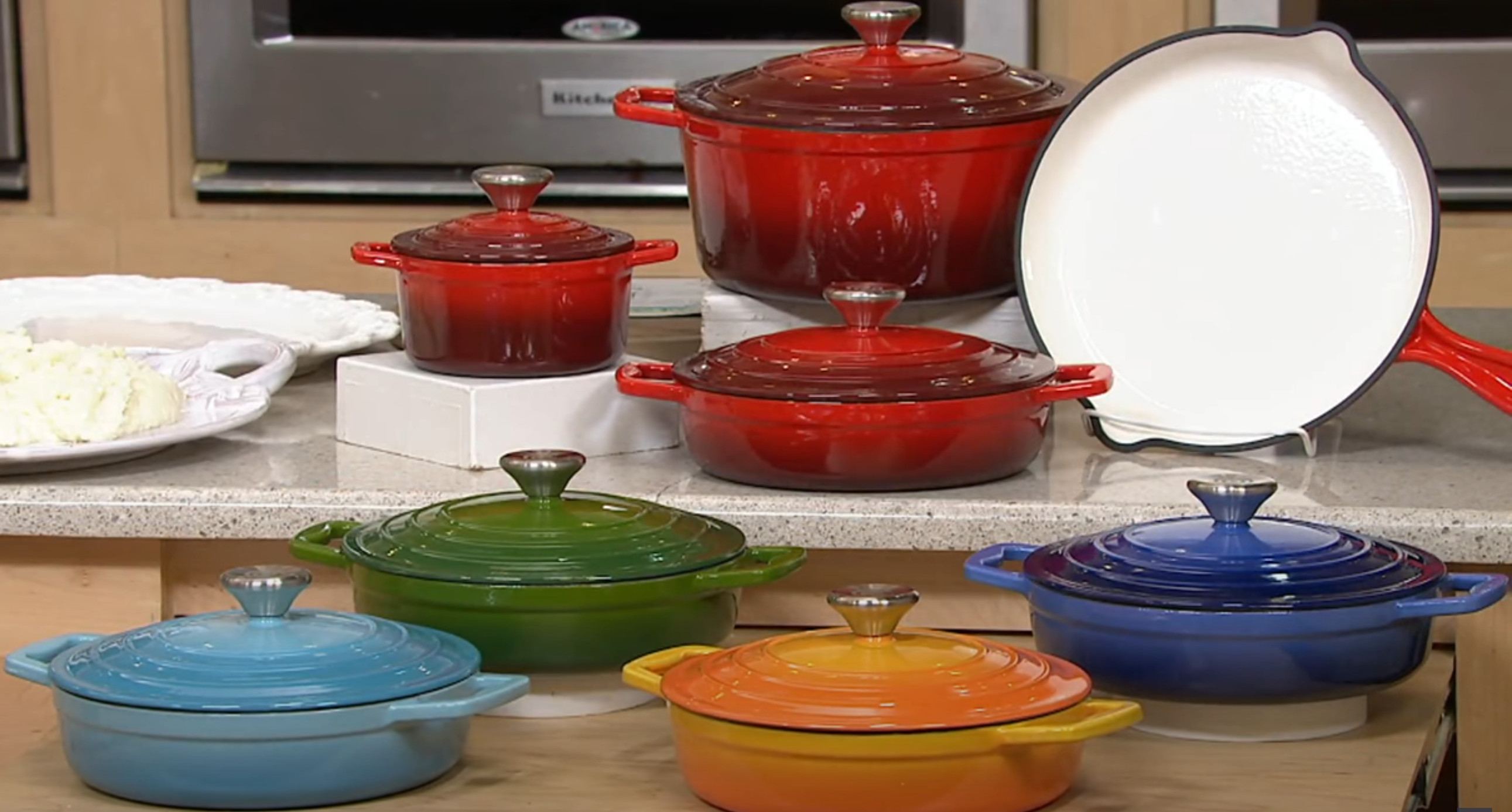
Benefis ki genyen nan istansil fè jete
Cast iron's ability to withstand and maintain very high cooking temperatures makes it a common choice for searing or frying, and its excellent heat retention makes it a good option for long-cooking stews or braised dishes.
Because cast-iron skillets can develop a "non-stick" surface when cared for properly, they are excellent for frying potatoes or preparing stir-fries. Some cooks consider cast iron a good choice for egg dishes, while others feel the iron adds an off-flavor to eggs. Other uses of cast-iron pans include baking, for instance for making cornbread, cobblers and cakes.
Many recipes call for the use of a cast-iron skillet or pot, especially so that the dish can be initially seared or fried on the stovetop then transferred into the oven, pan and all, to finish baking. Likewise, cast-iron skillets can double as baking dishes. This differs from many other cooking pots, which have varying components that may be damaged by the excessive temperatures of 400 °F (204 °C) or more.
-
Product introduction of Changan Cast Iron Co., LTD
NouvèlJan.24,2024
-
The Impact of the Leidenfrost Effect on Non-Stick Properties of Cast Iron Titanium Coated Cookware
NouvèlJan.24,2024
-
Eksplore divizyon gastronomik la——Casseroles Iron vs Casseroles regilye
Nouvèl03 janvye 2024
-
Atelye anbalaj rearanje ak etajè ak depo 3D pou machandiz yo
Nouvèl29 desanm 2023
-
Netwaye yon chodyè emaye jete itilize ka fè efektivman ak etap sa yo:
Nouvèl27 desanm 2023
-
Estrikti metalografik pou emaye sou fè jete
Nouvèl27 desanm 2023
